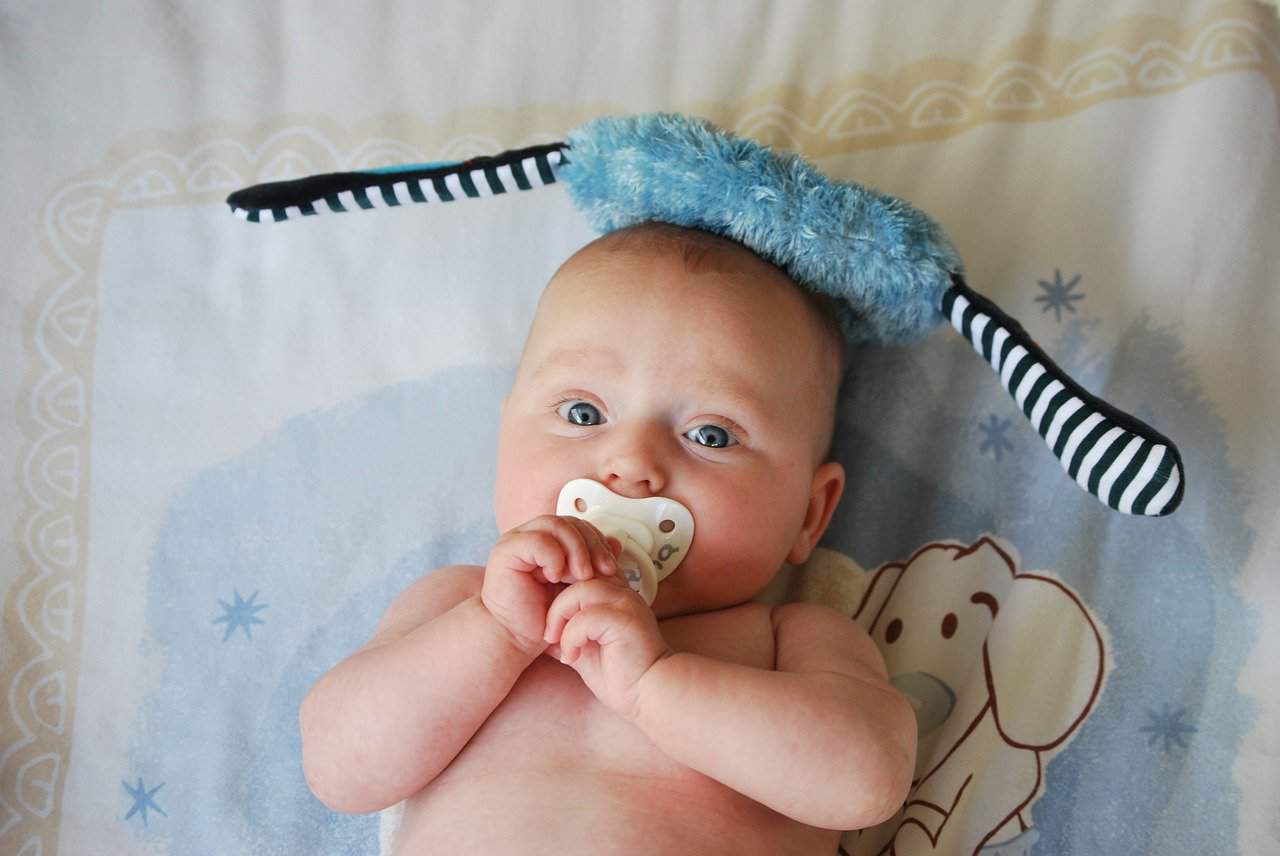
The World Health Organization recommends breastfeeding until the child is 6 months old, but it is not always advisable. Pacifiers intended for a newborn should be properly selected so that they support the development of the baby. What should you pay attention to?
In general, a pacifier for a newborn should be safe for his mouth. The right pacifier is:
Especially the outer part should fit snugly against the baby’s face. In no case should it cover his nose, as it will make breathing difficult
The outer shield of the soother must have holes to facilitate ventilation. The type of material the soother is made of is very important. A soft, hypoallergenic material that will not irritate the child’s delicate skin is optimal. The handle of the soother should be round. The head of the soother must resemble the nipple and be made of safe silicone or rubber. The part between the lips must be harder and the part in the mouth must be softer.
Breastfeeding is recommended for a reason, but it is not exactly the pacifier itself that is a health risk for the newborn. Later problems with pronunciation, occlusion, and oral health are more likely to be caused by improper pacifier selection, forceful insertion, infrequent replacement, soaking in sugary drinks, or feeding almost continuously. It is important to follow the manufacturers’ instructions, which should guide us

Even if we know what we want from a good pacifier, it can be difficult to choose due to the high level of competition on the market. What types of pacifiers do we have to choose from?
The material of the pacifier is the first characteristic that should be taken into account. We can choose between products made of silicone, latex or rubber. The advantage of the first ones is that they are colorless, odorless and tasteless. They have no tendency to deform. The second type, on the other hand, is characterized by its brown color, is also baby-friendly and safe, but has a certain taste, which is not always desirable. Latex and rubber soothers should be replaced more often, as they stretch and become unsightly
The market offers soothers of different shapes. Of these, it is worth mentioning above all:
Regardless of the pacifier we choose, we should take good care of its hygiene and sterilization. This will prolong its use and ensure the baby’s safety
The soother needs to be washed often because the child may drop it and many bacteria accumulate on it. The first step towards taking good care of the soother is to read the package leaflet and follow the manufacturer’s instructions. It is necessary to scald the soother at least once a day. Simply immerse the soother in boiling water and leave it completely covered in water for about 5 minutes. Before you give it to the child again, it should dry out by itself
Photo: Pixabay